Go To Trains Part 3 Go To Trains 3A Go To Trolleys 1
In this post I'll be covering the history of Trains, Trolleys, and Interurbans in Oklahoma City and give you some good links for fine articles and images other than I describe here.
The Oklahoma Land Run wasn't just by horses and buggies and wagons. It was also "run" by trains!
Photo By David Fitzgerald
Click on the pic for a larger view
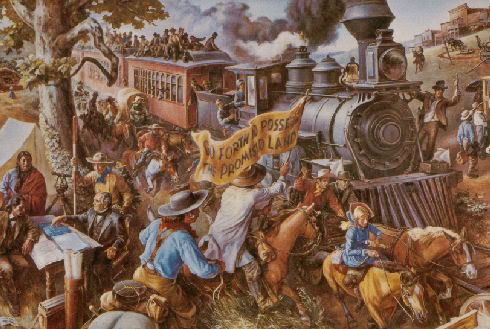
Trains In OKC Today. Before waxing nostalgic, let's get a good dose of reality. Then I'll explore the past. But, as for today ... have a look at pictures that I took on a hot Saturday afternoon, August 11, 2007, and I'll pretty much let them speak for themselves. For all pictures, click the image for a larger view. Of course, I didn't take the Google satellite images ... wish that I could!
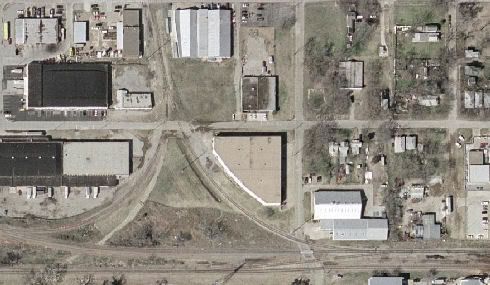
On The Ground Looking South
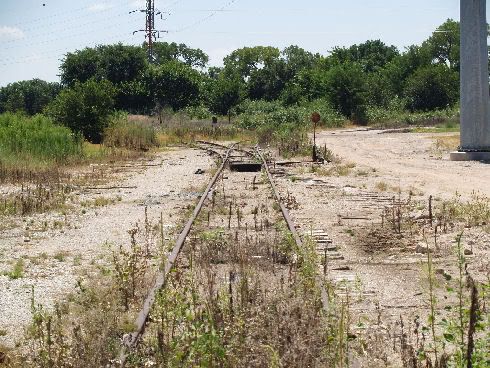
Same Location, Looking North

Something Left Behind, Looking Southeast
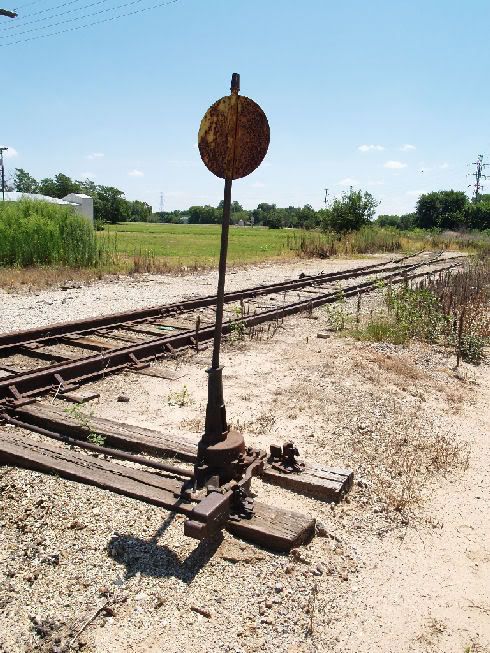
Further South Looking South
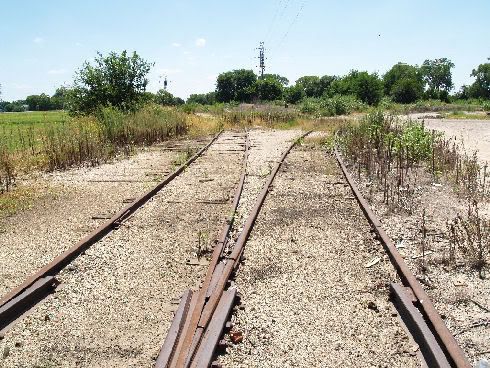
Looking At Abandoned Track Curving Southwest

On the Tracks Looking Northwest Toward Classen
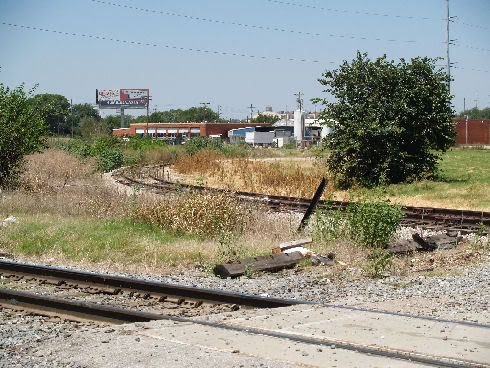
On The Tracks Looking East
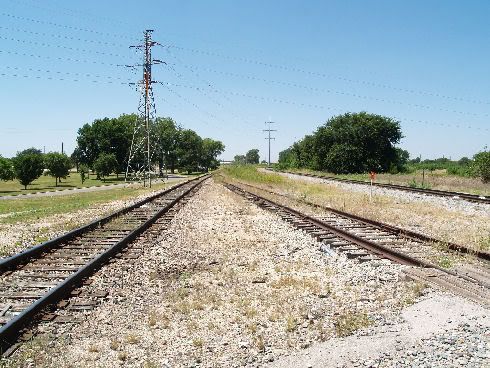
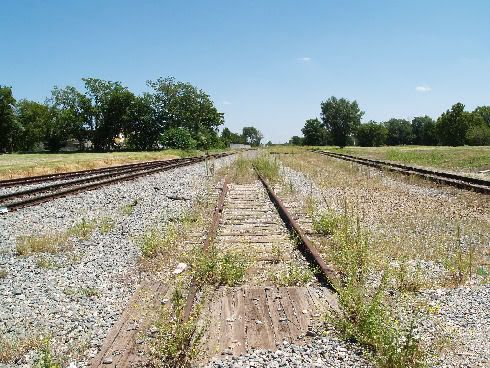
At Walker Looking North Across The Tracks
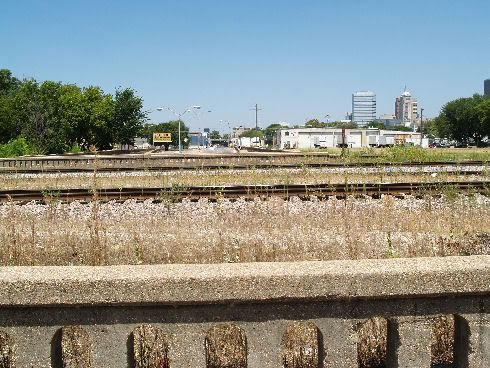
Looking Northeast Across The Tracks

A Google Image of the Union Station Area

Looking Northeast At The Robinson Crossing
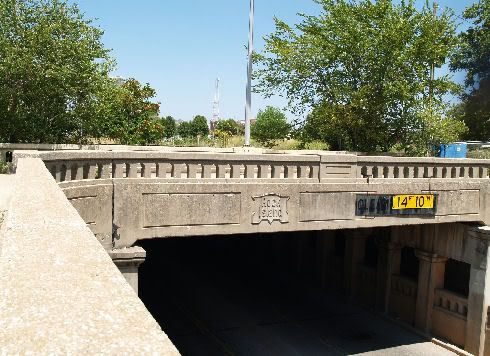
On Robinson Looking North
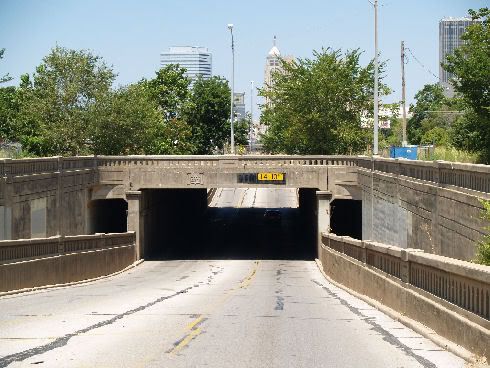
On Compress Street Under I-40 Looking West
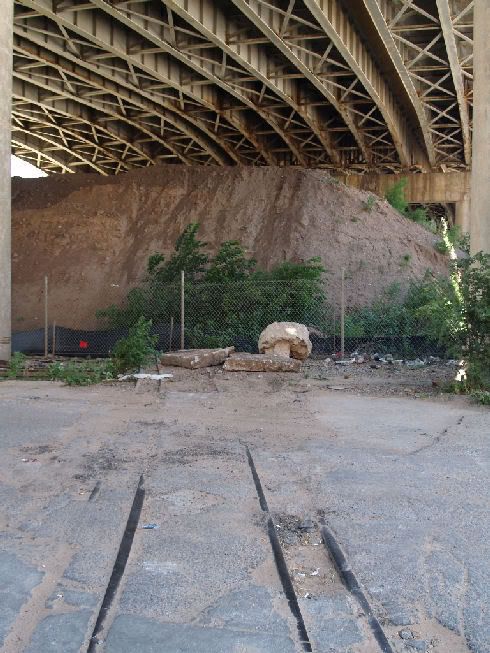
On South Side of Deep Deuce Apartments Looking Southwest - Walnut Bridge
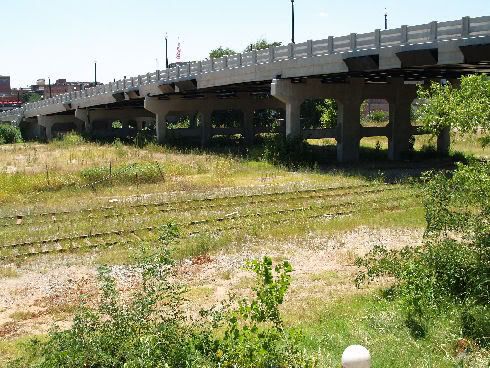
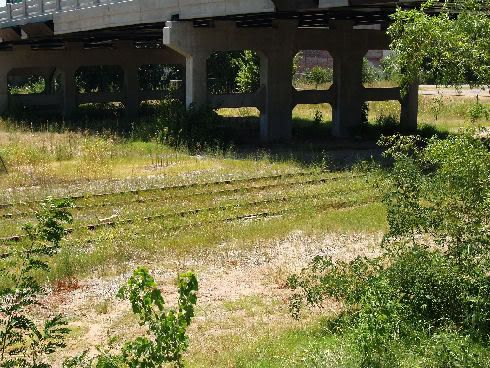
Same Location Looking Southeast Toward Bricktown Police Station
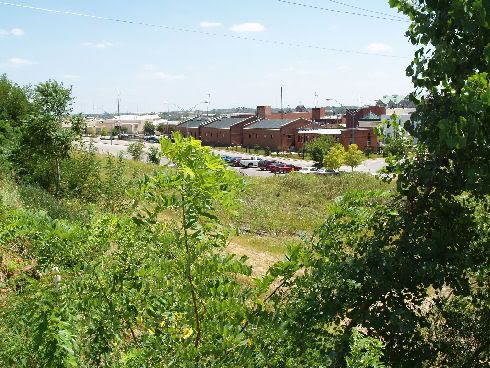
You Can Almost Not See Them, Now

Trolleys In Okc Today. Well, this one's easy since there aren't any! Aside from unremoved but partially hidden trolley tracks here and there, and perhaps the old bridge on NW 39th Street shown below, that's all that remains.

When I first wrote this paragraph,I'd thought that maybe the "old" NW 39th Street bridge at the north end of Lake Overholser shown below was used for the Yukon/El Reno Interurban line, but Larry (Buddy) Johnson of the Okc Metro Library System advises me that it was most probably NOT the rail bridge ... he thinks that the rail bridge was where the "new" NW 39th Street bridge is now, and that makes sense to me (particularly since part of the Rock Island line once used the same bridge as the Interurban ... the bridge below is certainly not up to big-time train standards, even size-wise). On further edit, the "most probably not" part is no more since I now have a pic of a trolley passing over the then-existing 39th Streettrain bridge, and it's not this bridge. Still, I'll leave the pics below for reference ... but the "real" rail bridge of times gone by is different, as you'll in the Okc Trolleys post in this series. The pics below were taken on August 13, 2007.
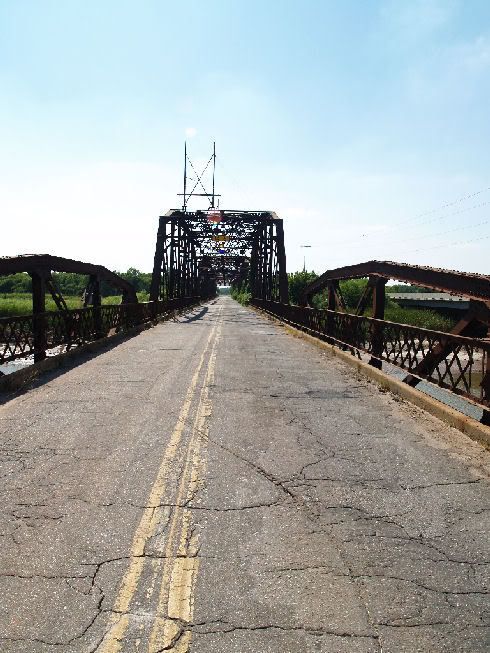

Looking Up, Notice What Must Have Carried Electric Lines
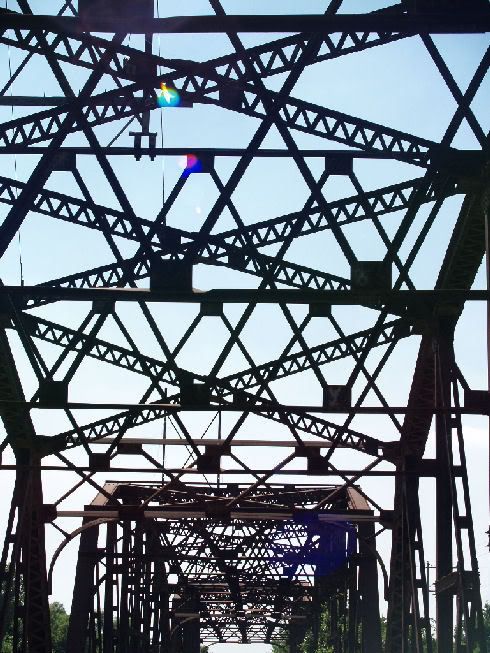
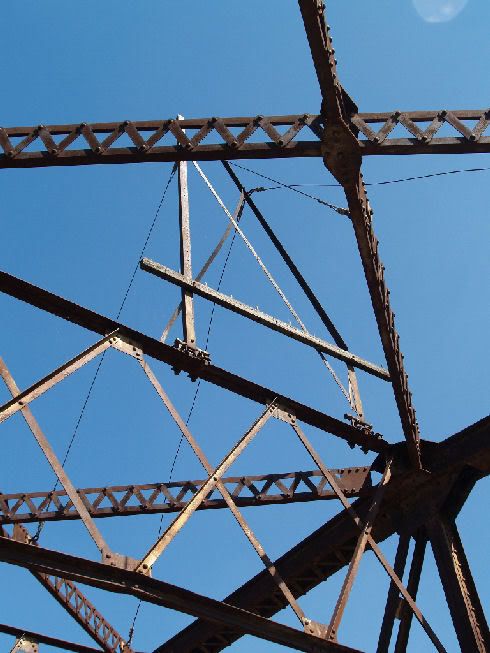
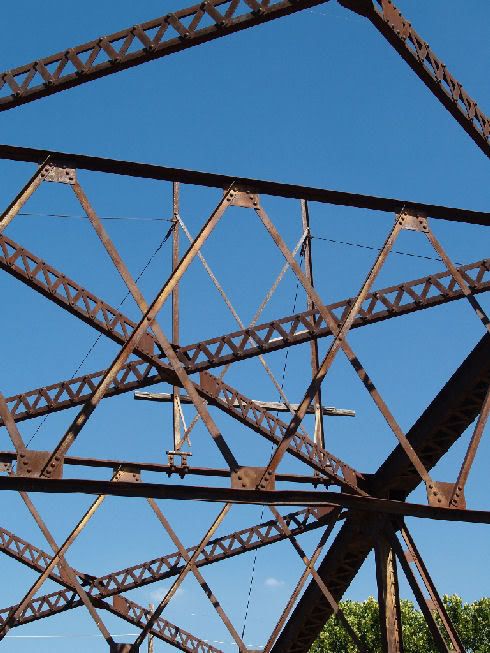
See ... I told you that the pics would speak for themselves, sad to say.
Go To Trains Part 3 Go to Trains 3A Go To Trolleys 1
Go To Top














7 comments:
I am 63, born in OKC, and I can remember riding in a trolley in downtown OKC when I was very young. We paid for our fare with a cardboard token (worth 1/10th of a penny) that looked much like a small coin, and I remember putting it into the slot in the coin box. The trolley took us around the downtown shopping area. We lived on the south side of the Canadian River, on SE 11th, and I remember that my brother and I used to walk with my mother to downtown OKC about once a month--a long walk for small children. We would cross the Canadian River on the old train bridge that used to cross high over the river. It was a sturdy wooden bridge that had a plank footbridge about 4 feet wide along one side of the tracks, with guard rails on the outside, but no rail between the footbridge and the tracks. It was a really long bridge and it was a busy track, so we always got part way across when a train would come across. My mother would have us turn around and face the guardrail, away from the train toward the river to keep us from being too scared, and of course she would hold on to us. It was so exciting, to hear the train so near, feel the vibration, and feel the hot breath of the train on our legs, which I am sure were trembling. My brother and I would squeal with excitement, and the train always blew its whistle for us. That was the best part of the trip, that and the smell of hot bread coming from the big National Biscuit Company Bakery just on the north side of the river. We especially loved seeing Downtown OKC in the snow at Christmas. The streets really did shine, and all the businesses had great window displays. We would stay all day, eat a hotdog and Coca-Cola at Bob's, and end up taking a cab ride home at night, too tired to move. I remember there was a diner on the east side made of an old railroad car, that had good hamburgers, but I don't remember the name of it or exactly where it was.
I would like to add to my above comments that I would love to see someone post a photo of that old wooden railroad bridge that crossed the river just south and a little east of downtown OKC, if anyone has one.
Though I don't think that it's the one you mean, when I do my "trolleys only" post in a few days, it will include the old wooden bridge at NW 39th that crossed the N Canadian just north of Lake Overholser ... click here to see it now.
By the way, anon, thanks for posting ... great comments!
The pictures showing the old rail line beyond the South extention of Classen are excellent. The track originally ran from the Rock Island and Frisco mains northward to downtown. The track was owned by the Frisco and used to access their passenger station located at or near the current police station. Looking Southward, you are seeing one of the few 3-legged wyes in the country. The Rock Island could turn their equipment (passenger trains and shove back to the Union Station as could the Frisco and return to Union Station on their own rails. The line was also used by the Rock Island to access their track that is still west of the current county jail.
Thanks for the excellent information, Ron.
The cardboard token worth one tenth of a penny, was not a streetcar token... but rather a tax mill, later these would be made out of very thin steel with a hole punched in the middle, and about the size of a quarter. The streetcar tokens were about dime sized and marked, Oklahoma Railway. They could be used on any streetcar line in the United States as well.
Post a Comment